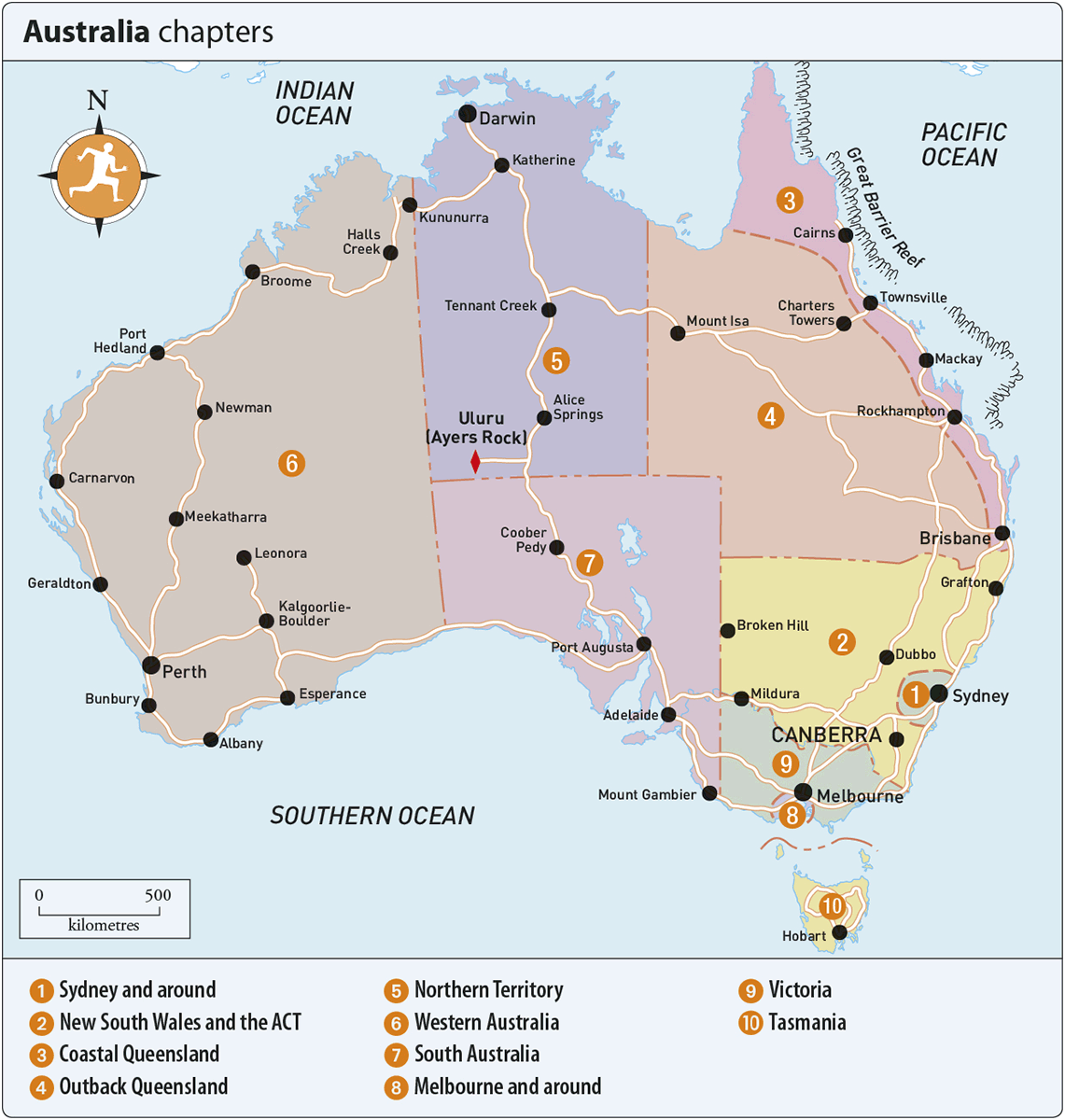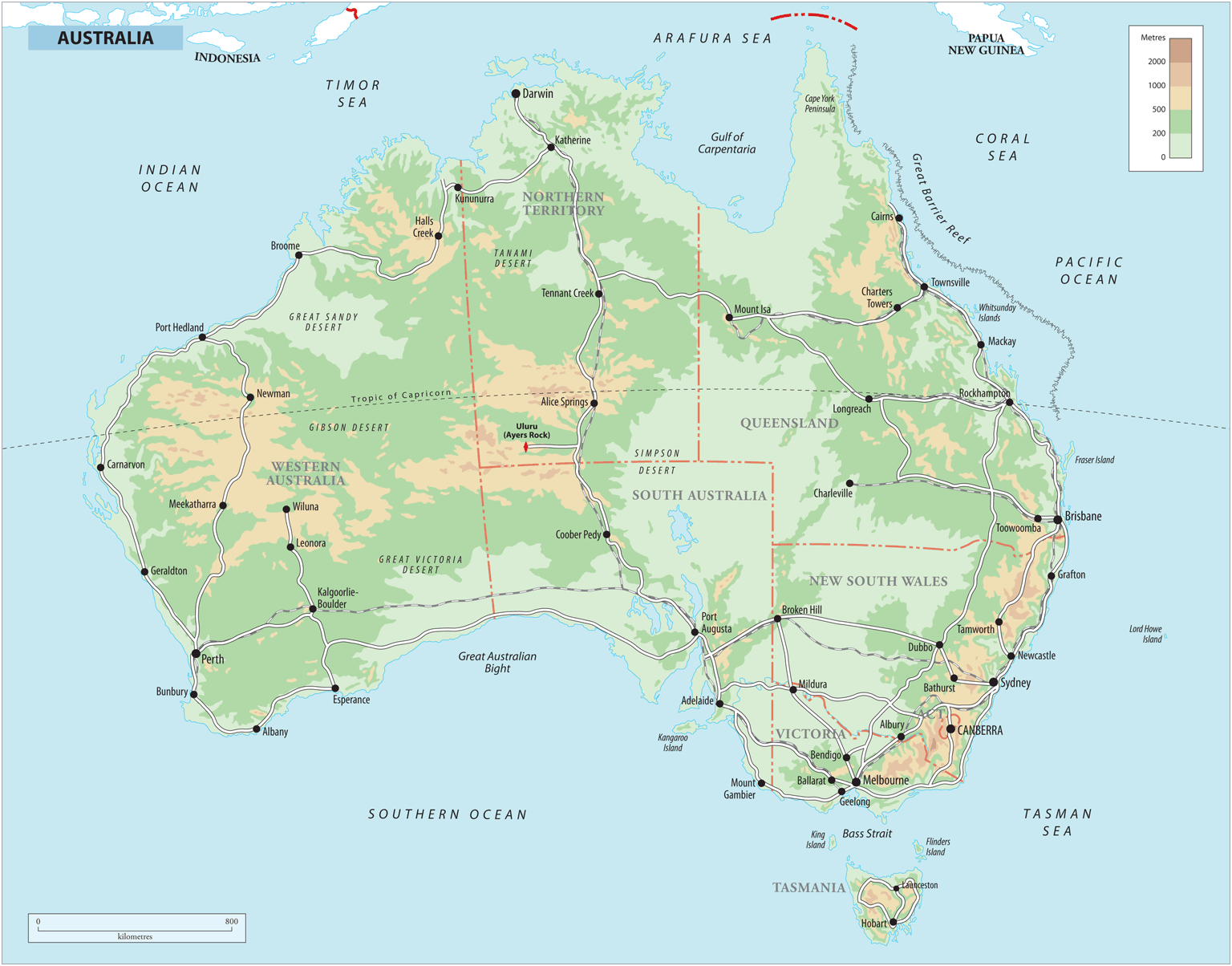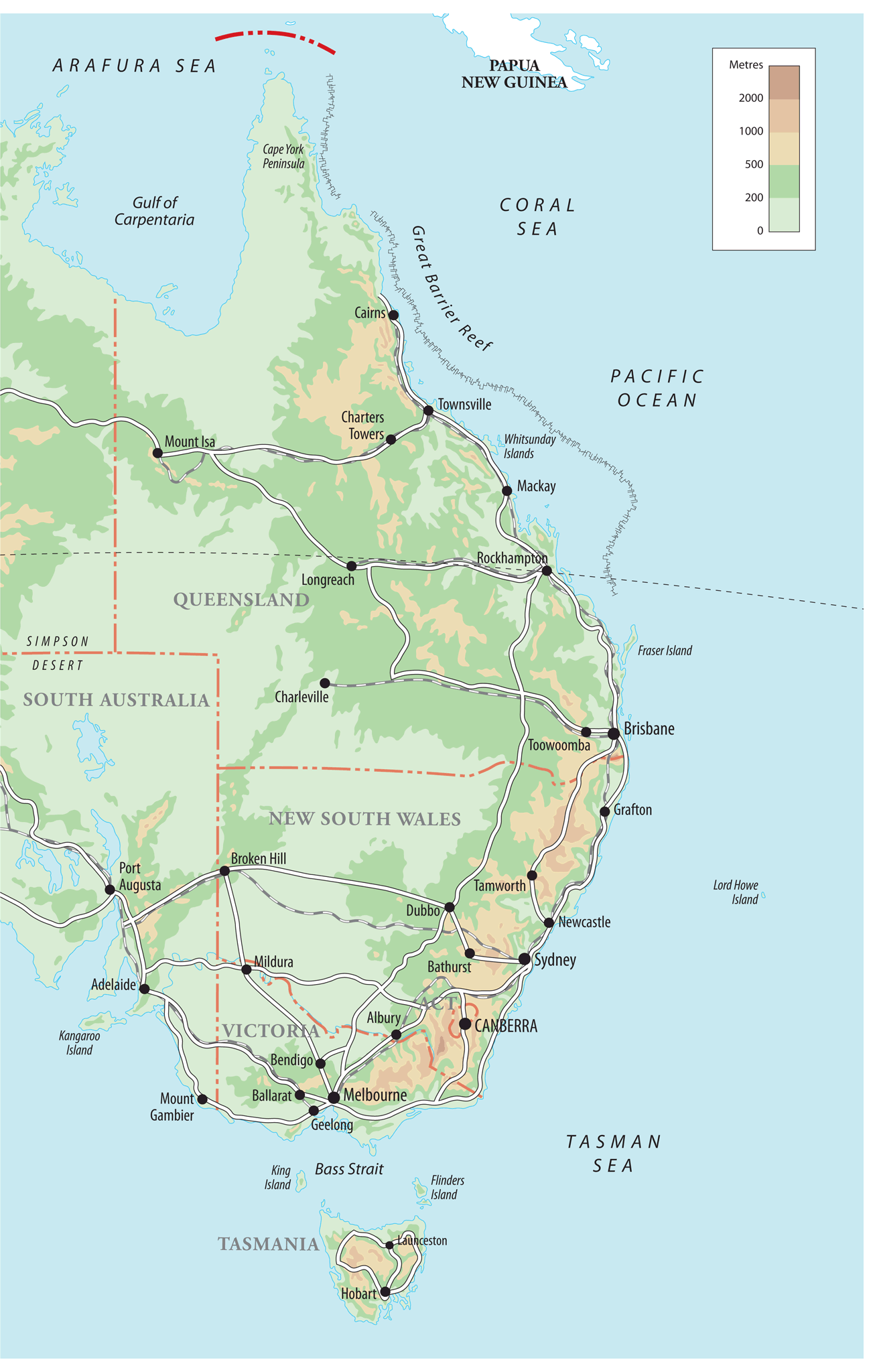HOW TO USE THIS ROUGH GUIDE EBOOK
This Rough Guide is one of a new generation of informative and easy-to-use travel-guide ebooks that guarantees you make the most of your trip. An essential tool for pre-trip planning, it also makes a great travel companion when youre on the road.
From the fills you in on history, Australia's indigenous peoples, flora and fauna, film and books and includes a handy section on Australian English.
Detailed area maps feature in the guide chapters and are also listed in the , accessible from the table of contents. Depending on your hardware, you can double-tap on the maps to see larger-scale versions, or select different scales. There are also thumbnails below more detailed maps - in these cases, you can opt to zoom left/top or zoom right/bottom or view the full map. The screen-lock function on your device is recommended when viewing enlarged maps. Make sure you have the latest software updates, too.
Throughout the guide, weve flagged up our favourite places a perfectly sited hotel, an atmospheric caf, a special restaurant with the author pick icon  . You can select your own favourites and create a personalized itinerary by bookmarking the sights, venues and activities that are of interest, giving you the quickest possible access to everything youll need for your time away.
. You can select your own favourites and create a personalized itinerary by bookmarking the sights, venues and activities that are of interest, giving you the quickest possible access to everything youll need for your time away.
INTRODUCTION TO AUSTRALIA
More than most other countries, Australia seizes the imagination. For many visitors its name is synonymous with endless summers where the living is easy. This is where the adventures are as vast as the horizons and the jokes flow as freely as the beer a country of can-do spirit and laidback friendliness. No wonder Australians call theirs the Lucky Country.
FACT FILE
- With an area of just over 7.5 million square kilometres, Australia is the sixth-largest country in the world.
- Australias population is estimated at just over 24 million, of whom some 85 percent live in urban areas. About 92 percent are of European ancestry, two percent Aboriginal, and around six percent of Asian origin.
- Much of Australia is arid and flat. One-third is desert and another third steppe or semi-desert. Only six percent of the country rises above 600m in elevation, and its tallest peak , Mount Kosciuszko, is just 2228m high.
- Australias main exports are minerals, metals, fossil fuels, cotton, wool, wine and beef, and its most important trading partners are Japan, China and the USA.
- At 5614km the dingo fence is the longest of its kind in the world, stretching from Jimbour to the cliffs of the Nullarbor Plain. Its around twice the length of the Great Wall of China.
- Australia ranks proudly second in the Human Development Index , which measures a countrys progress by its life expectancy, education and income. Norway comes first.
- Around 22 percent of Australians are descended from convicts .
Every aspect of Australian life and culture, whether its matey attitudes or its truly great outdoors, is a product of the countrys scale and population or lack of it. Australia rivals the USA in size, but is home to only 24 million people, giving it one of the lowest population densities on earth. The energy of its contemporary culture is in contrast to a landscape that is ancient and often looks it: much of central and western Australia the bulk of the country is overwhelmingly arid and flat. In contrast, its cities, most founded as recently as the mid-nineteenth century, burst with a vibrant, youthful energy.
The most iconic scenery is the Outback , the vast fabled desert that spreads west of the Great Dividing Range into the countrys epic interior. Here, vivid blue skies, cinnamon-red earth, deserted gorges and geological features as bizarre as the wildlife comprise a unique ecology, one that has played host to the oldest surviving human culture for up to 70,000 years (just 10,000 years after Homo sapiens is thought to have emerged from Africa).
This harsh interior has forced modern Australia to become a coastal country . Most of the population lives within 20km of the ocean, the majority of these occupying a suburban, southeastern arc that extends from southern Queensland to Adelaide. Urban Australians celebrate the typical New World values of material self-improvement through hard work and hard play, with an easy-going vitality that visitors, especially Europeans, often find refreshingly hedonistic. A sunny climate also contributes to this exuberance, with an outdoor life in which a thriving beach culture and the congenial backyard barbie are central.
Although visitors might eventually find this low-key, suburban lifestyle rather prosaic, there are opportunities particularly in the Northern Territory to experience Australias indigenous peoples and their culture through visiting ancient art sites, taking tours and, less easily, making personal contact. Many Aboriginal people especially in central Australia have managed to maintain a traditional lifestyle (albeit with modern amenities), speaking their own languages and living by their own laws. Conversely, most Aboriginal people in cities and country towns are trapped in a destructive cycle of racism, poverty and lack of meaningful employment opportunities, often resulting in health problems and substance abuse. To give just one example, life expectancy rates for Aboriginal Australians are ten years lower than those of the rest of the population. Theres still a long way to go before black and white people in Australia can exist on genuinely equal terms.
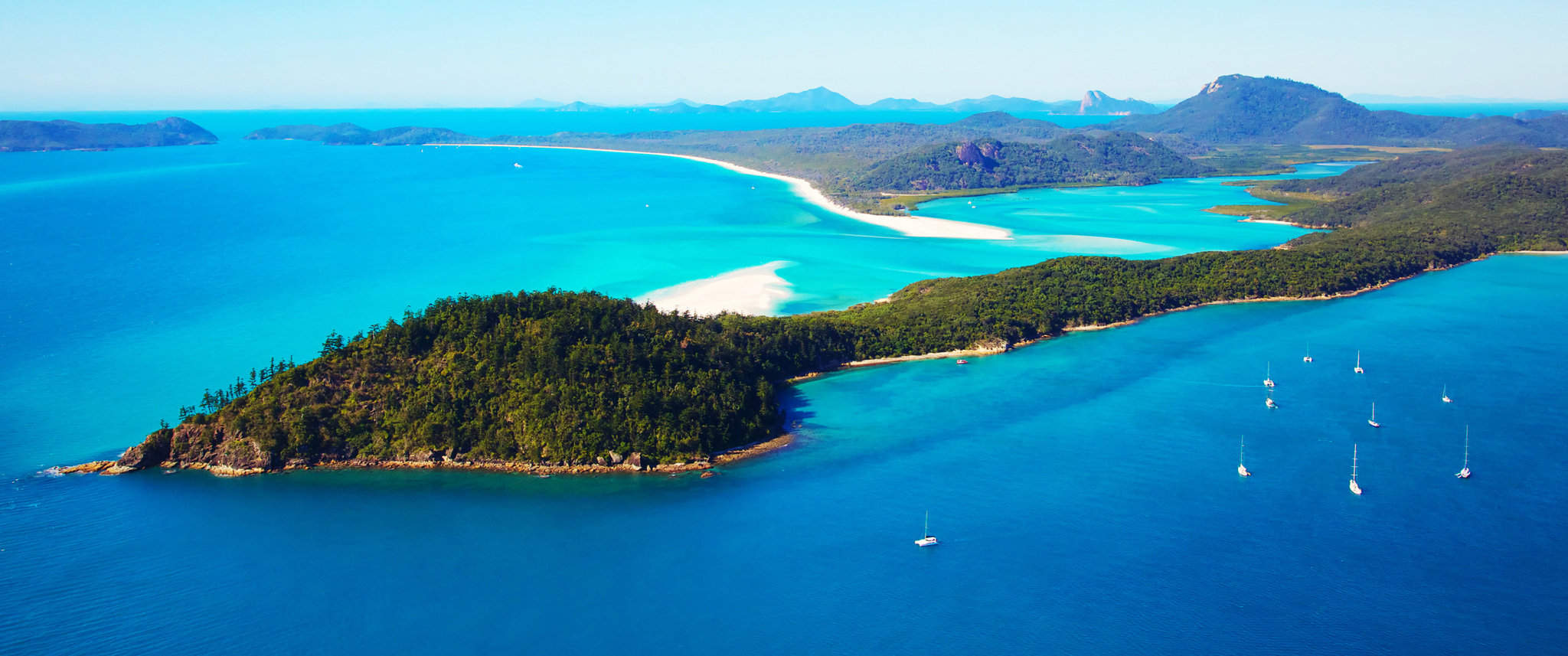
WHITEHAVEN BEACH, WHITSUNDAY ISLAND
Where to go
For visitors, deciding where to go can mean juggling distance, money and time. You could spend months driving around the Outback, exploring the national parks, or hanging out at beaches; or you could take an all-in, two-week Sydney, Reef and Rock package, encompassing Australias outstanding trinity of must-sees.
Both options provide thoroughly Australian experiences, but either will leave you with a feeling of having merely scraped the surface of this vast country. The two big natural attractions are the 2000km-long Great Barrier Reef off the Queensland coast, with its complex of islands and underwater splendour, and the brooding monolith of Uluru (Ayers Rock), in the Northern Territorys Red Centre. You should certainly try to see them, although exploration of other parts of the country will bring you into contact with more subtle, but equally rewarding, sights and opportunities.




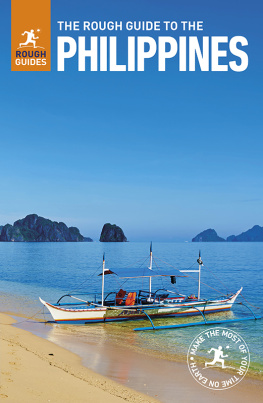
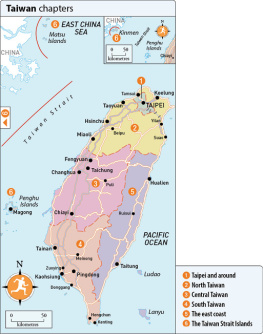
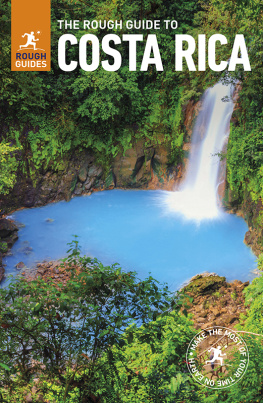

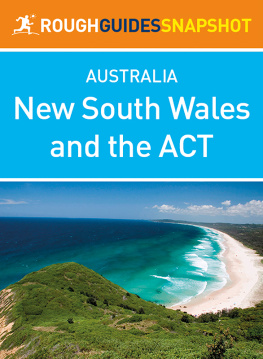
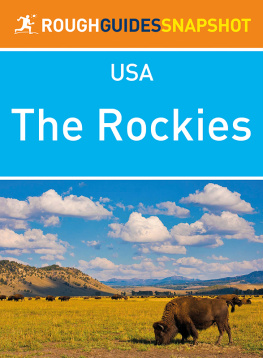
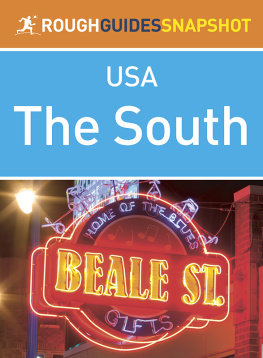

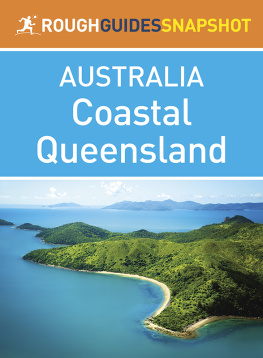
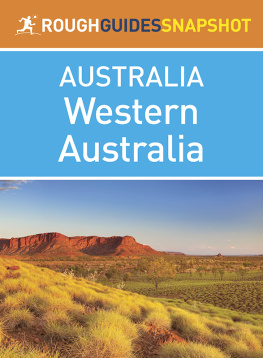
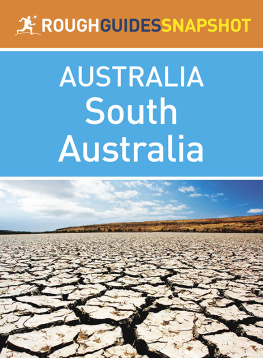
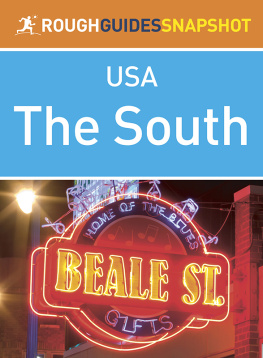
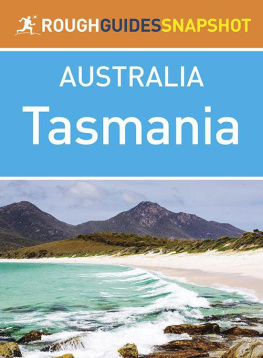
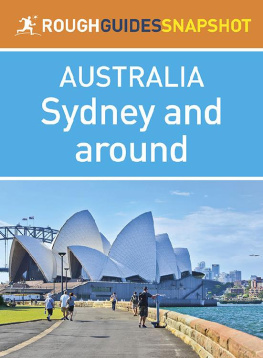
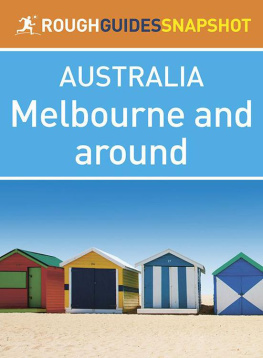


 . You can select your own favourites and create a personalized itinerary by bookmarking the sights, venues and activities that are of interest, giving you the quickest possible access to everything youll need for your time away.
. You can select your own favourites and create a personalized itinerary by bookmarking the sights, venues and activities that are of interest, giving you the quickest possible access to everything youll need for your time away.